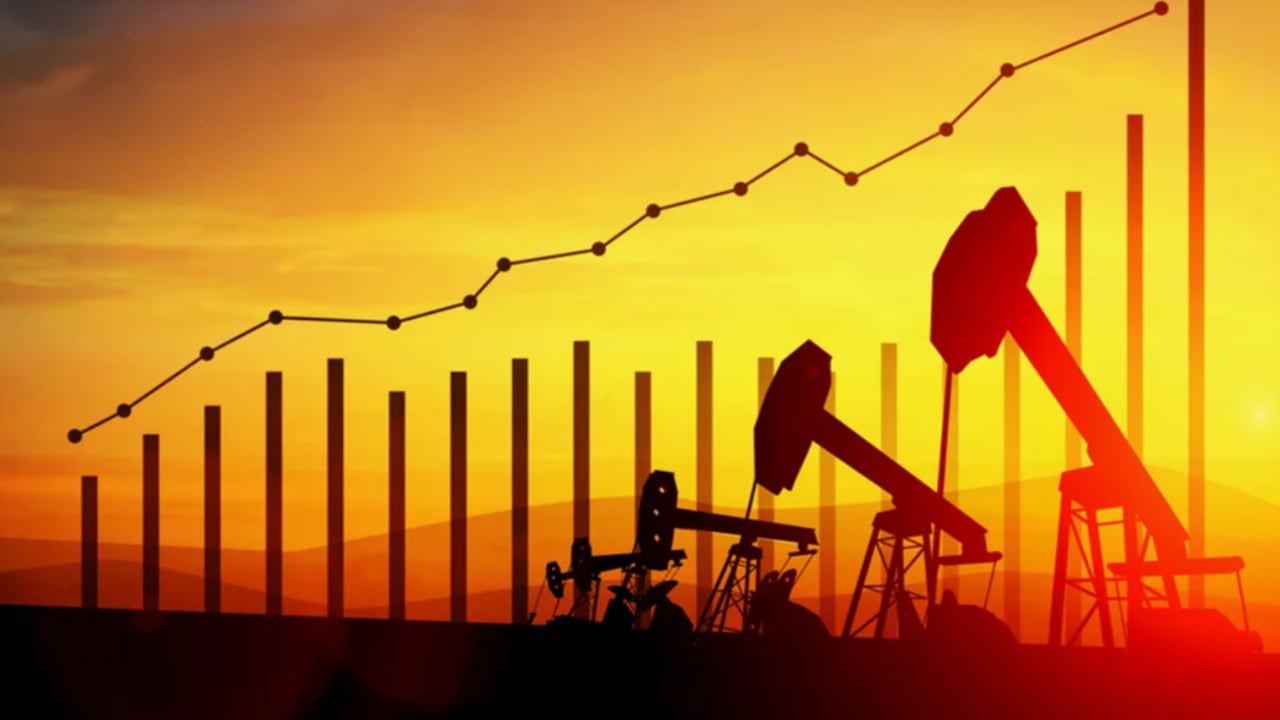The Australian energy sector is facing significant challenges amid global economic instability driven by tariffs introduced by former US President Donald Trump. A sharp decline in oil prices has been a major factor leading to a drastic drop in energy company shares, significantly impacting the broader ASX200 index.
These developments highlight how deeply the energy sector is intertwined with the global economy. The Australian market, traditionally sensitive to fluctuations in commodity prices, responded to external shocks with notable corrections.
Record Decline in the Energy Sub-index
The S&P/ASX Energy Index experienced a record drop, falling by 7.6% as of 04:34 GMT, reaching its lowest level since November 2020. This day marked the worst performance for the index in the last five years, underscoring the magnitude of the current crisis.
To understand the broader picture, note that:
1. The sub-index reached levels previously recorded only during global shocks such as the COVID-19 pandemic.
2. The downward trend was exacerbated by announcements from OPEC+ countries, which expressed willingness to expedite plans to increase oil production.
3. Compounding the situation was the decline of the broader Australian index—ASX200, which fell by 2.3% to 7,681.1 points, the lowest in eight months.
Impact on Key Players
Major Australian energy companies are under considerable pressure. Woodside Energy stands out, with its shares plummeting by 9% to their lowest level in over two years, marking the worst day for the company in terms of stock value drop in the past five years.
Beyond Woodside Energy, other sector heavyweights are also at risk. Contributing reasons for this trend include:
- Declining demand for energy commodities amid disputes over international tariffs.
- Increased oil supply triggered by actions from OPEC+ countries.
- Heightened investor concerns about further global economic disruptions.
Primary Pressure Factors on the Energy Market
Several key factors are putting pressure on the Australian energy market, including:
- Geopolitical instability. Trade disputes initiated by the US have created problems not only for Australian companies but for the global economy as well.
- Rising production volumes. Statements from OPEC+ countries about accelerated plans to boost oil output are directly impacting its price.
- Potential economic growth slowdown. Long-term prospects for global energy demand remain uncertain, leading investors to adopt more cautious positions.
Future Prospects and Possible Development Strategies
Amid the current conditions, Australian energy market participants must adapt to new challenges. The sector needs to enhance its resilience to external factors, requiring:
- Diversification of energy portfolios.
- Investment in renewable energy sources, which are becoming increasingly relevant amid the global trend of reducing carbon emissions.
- Building strategic partnerships with overseas companies to minimize damage from changes in global oil markets.
Conclusion
The current disruptions in the Australian energy market underscore the significance of external economic factors for the sector. The sub-index .AXEJ, which showed a record decline, serves as a warning sign for the entire energy industry in the country. Companies' success will depend on their ability to respond promptly to challenges, diversify their strategies, and develop sustainable business models in the face of global economic instability.








The ripple effects of global policies are really shaking up the Australian energy market.
Industry leaders view this move as a signal for future advancements in tech innovation